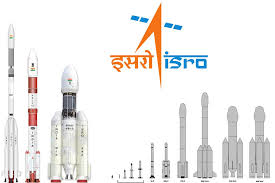Geostationary Transfer Orbit:

ISRO’s Breakthrough in Semi-Cryogenic Engine Development for LVM3
- ISRO has achieved a breakthrough in developing a semi-cryogenic engine (liquid oxygen/kerosene engine) with a high thrust of 2,000 kN (kilonewtons).
- The first successful hot test of the Engine Power Head Test Article (PHTA) was conducted at the ISRO Propulsion Complex, Mahendragiri, Tamil Nadu.
- This engine will be used in the semi-cryogenic booster stage of the Launch Vehicle Mark-3 (LVM3), enhancing India’s space launch capabilities.
- A Transfer Orbit is used to move a satellite from one circular orbit to another in a fuel-efficient manner.
- The Hohmann Transfer Orbit is a commonly used maneuver for such transfers.
- Geostationary Transfer Orbit (GTO is a highly elliptical orbit with:
- Perigee (closest point to Earth): 180-200 km above Earth’s surface.
- Apogee (farthest point from Earth): ~35,900 km (near geostationary orbit).




